Cognac bottling: from the cellar to your glass
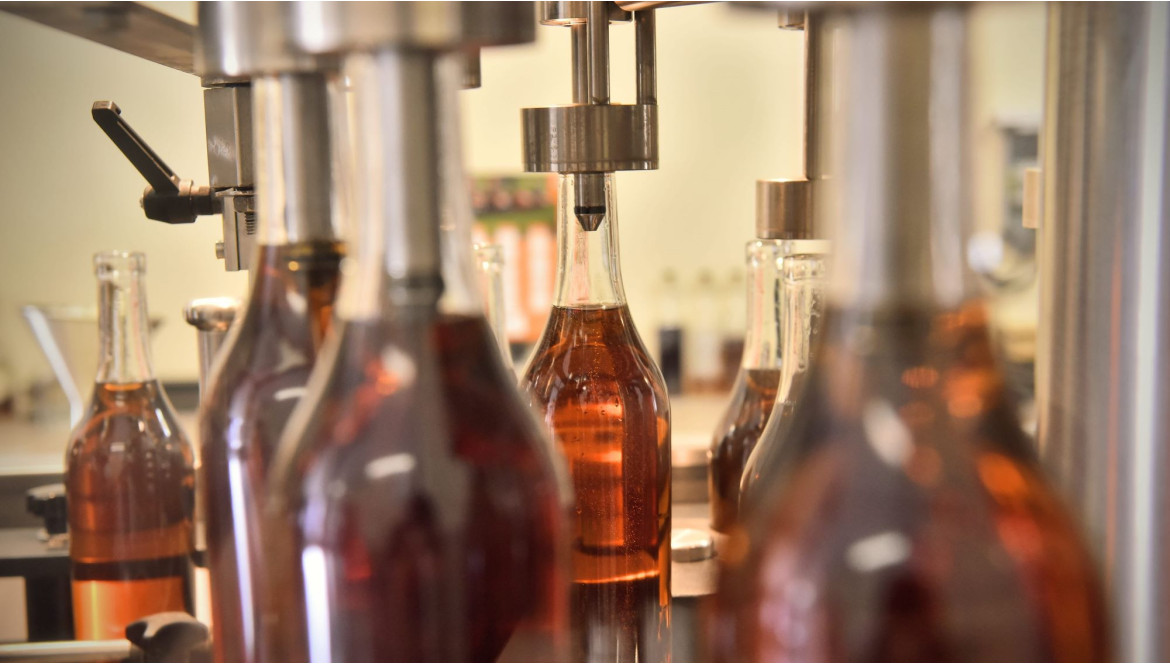
Before you can enjoy your precious nectar, there are many stages involved in its production.
The bottling of cognac is the final stage in a long process designed to preserve the richness of the aromas developed during aging. Often automated for the big houses, it can also be manual for smaller ones, or reserved for the oldest qualities.
But what exactly happens between the blending of a cognac and its presentation to customers in a wine shop or restaurant? In this article, we'll explore the main stages of this process in more detail, from the cellars to your glass.
Transferring cognac:
Contrary to what you might think, cognac doesn't go straight from barrel to bottle. It usually passes through a stainless-steel vat, which serves to homogenize and stabilize the batches. This stage can last from a few days to several months. The aim is to preserve the essential stability of cognac.
The role of the "maitre de chais" is to ensure that a cognac that is supposed to have been the same for decades remains so. His aim is to avoid the vintage effect at all costs, and to obtain a cognac that will retain its permanence and authenticity of taste. It's important to remember that the maitre de chai is the guarantor of the cognac's stability over several decades, which is the very essence of cognac.
As long as cognac is in oak barrels, it lives, moves and evolves. Once in a stainless-steel vat, as if it were in glass, it stabilizes. At this stage, several analyses are carried out to determine all the characteristics of the batch. The cognac is then transferred from barrels to stainless steel vats for a variable length of time and may also be refrigerated.
With or without refrigeration:
Perhaps you've heard this expression before? What is a cold run? Some houses use it, others do not. Some apply this process to only some of their qualities, while others apply it systematically to all batches.
The process simply involves cooling the cognac to a temperature below 0°C (usually between -3°C and -12°C) for varying lengths of time (from 24 hours to several days), using refrigerators specially adapted for food products.
As cognac is made from alcohol, even when kept at these negative temperatures, it does not freeze (pure alcohol freezes at -117°C). This action stabilizes the fatty acid esters. Not being a chemist, we won't go into further explanation.
Filter or no filter? :
As the cold process is at the discretion of cognac houses, some decide to filter the liquid before bottling to eliminate any impurities or residual particles. Others, however, choose not to. Paper filters of varying fineness are most often used.
For the record, it's perfectly possible these days (with the right machines and filters) to remove coloring particles from the liquid and render amber cognac completely colorless (Godet, Remy Martin and Martell have mastered this technique for some years now, and have marketed bottles which, in some cases, have gone on to achieve great renown).
Bottle preparation:
Each bottle is meticulously cleaned to ensure it is free of impurities. This cleaning is most often carried out with cognac, which may be replaced by a neutral alcohol such as vodka. This process is commonly known as "Avinage". This is an essential step, as the presence of impurities such as tiny dust particles or microscopic insects could damage the appearance of the final product.
Laboratory analysis and quality control:
The last stage before filling, each batch is analyzed in a laboratory approved by the authorities (some importing countries require this or that laboratory and refuse an analysis from another...). The alcohol content of the cognac and its composition are checked to ensure that it complies with appellation standards.
These standards are very strict, and the analyses can be costly for the cognac houses. It is also common for a sample (often paid for by the producer) to be taken when the batch arrives in the importing country.
Once the bottles are clean, the batch ready and checked by the relevant authorities, it's time to pour the liquid into the bottles. Here's an example of two machines:
Filling:
At this point, two things are important: the temperature of the liquid and its volume. Bottling conditions should be around 20 degrees, at which temperature the liquid will make 70cl volume. In this way, the consumer will see an equivalent level of liquid in all bottles. If the liquid is too cold at bottling, it could subsequently expand and compromise the cork's seal. Conversely, a liquid that is too hot at bottling will shrink, giving the visual impression that cognac is missing from the bottle.
For export, some countries legally require different volumes: Americans, Canadians and South Africa will require 75cl per bottle, while other countries will expect 70cL per bottle.
Capping and sealing:
Like filling, corking can be done manually or automatically. Cognac-based players have a range of different materials at their disposal for corking bottles: composites, semi-composites, full cork, or crystal stoppers. Decisions on the choice of cork used are taken in the light of the different markets targeted. The price of a cork can varies from a few cents to several dozen euros per unit.
A plastic or aluminum sleever or wax seal is affixed over the cap, serving as a guarantee for the consumer. Combating all types of counterfeiting, this sleever can also protect houses from fraud and copying, with a barcode, seal or QR code proving the product's origin and authenticity.
Candling:
Candling can be carried out by eye (the bottles are then inspected and checked one by one under the watchful eye of the workshop managers), or by robots and computers using lasers. This is an extremely simple but crucially important step, which involves turning the bottle upside down in front of a light source to visually check that there are no impurities inside. This operation guarantees the purity of the product. Because of their non-conformity, 1 to 5% of bottles are eliminated and put back into the circuit.
Labeling and packaging:
Finally, the bottles are labeled. By hand or by machine. When the label is affixed, batches are differentiated according to their country of destination and legal constraints (back label, compulsory information, etc....).
Once these steps have been completed, the bottles are packed in cartons, then shrink-wrapped on pallets before being loaded onto trucks bound for 150 importing countries. The Cognac AOC bottles around 200 million bottles a year, and just over 7 bottles are sold every second by 4,413 winegrowers and distillers, as well as 265 trading houses.
Bottling is a complex and meticulous process, requiring meticulous attention to detail. Producers place great importance on this stage to ensure that every bottle sold reflects the expertise and excellence they represent.
Now it's time to open a bottle and let the aromas guide you!
See you soon for new adventures…
Cognacly yours!

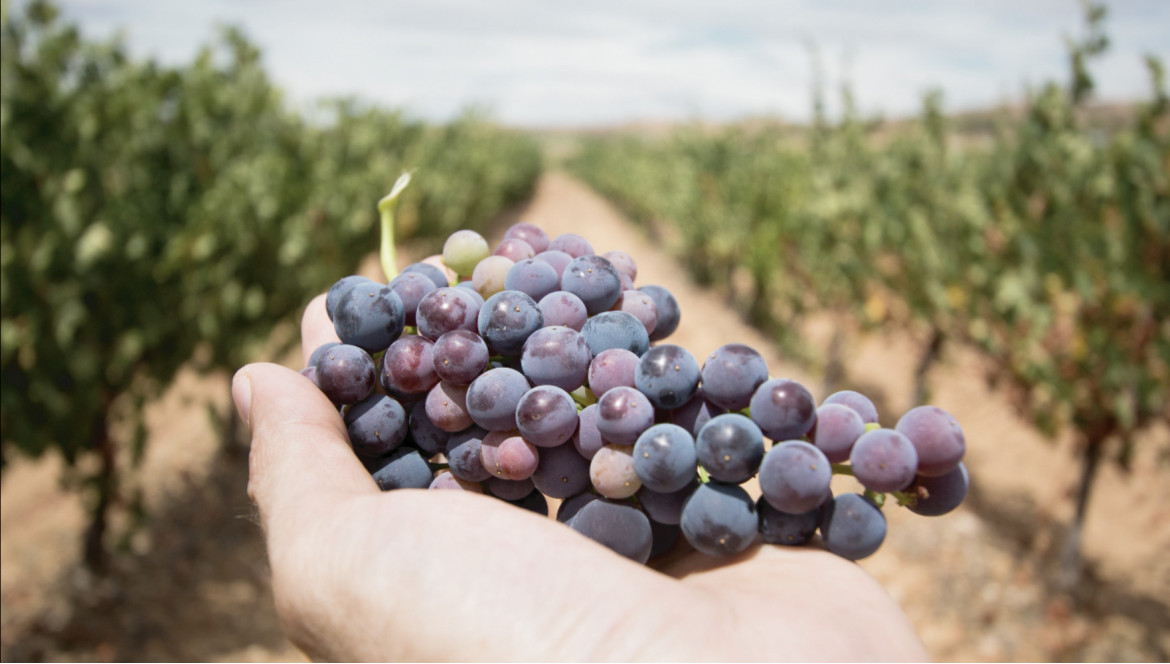
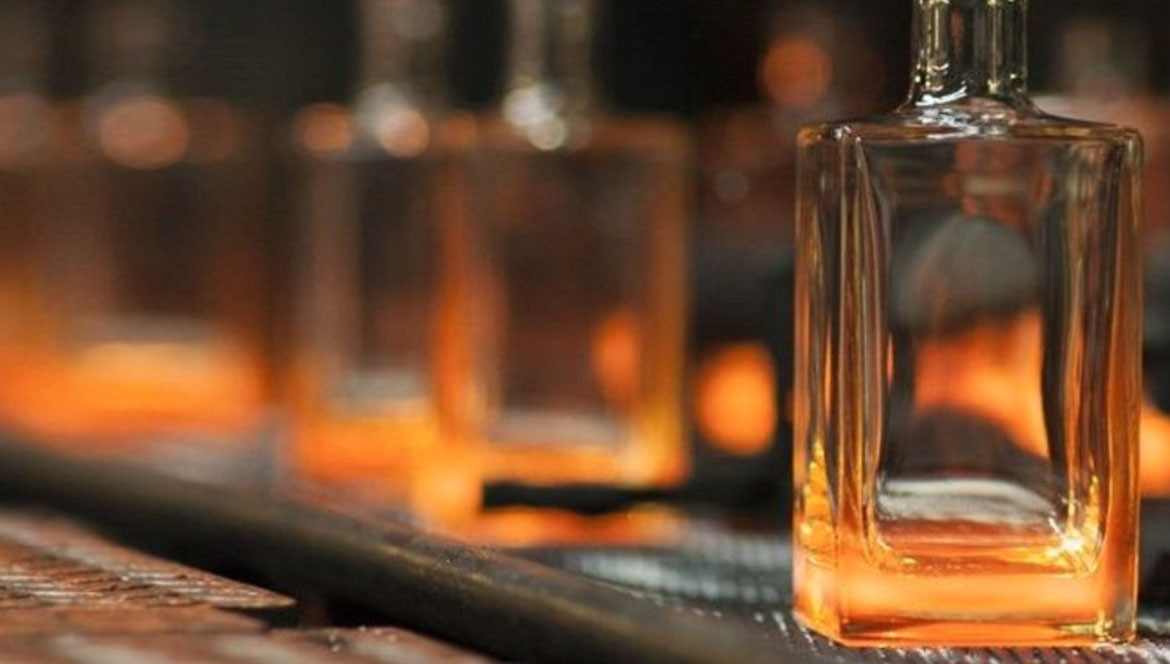
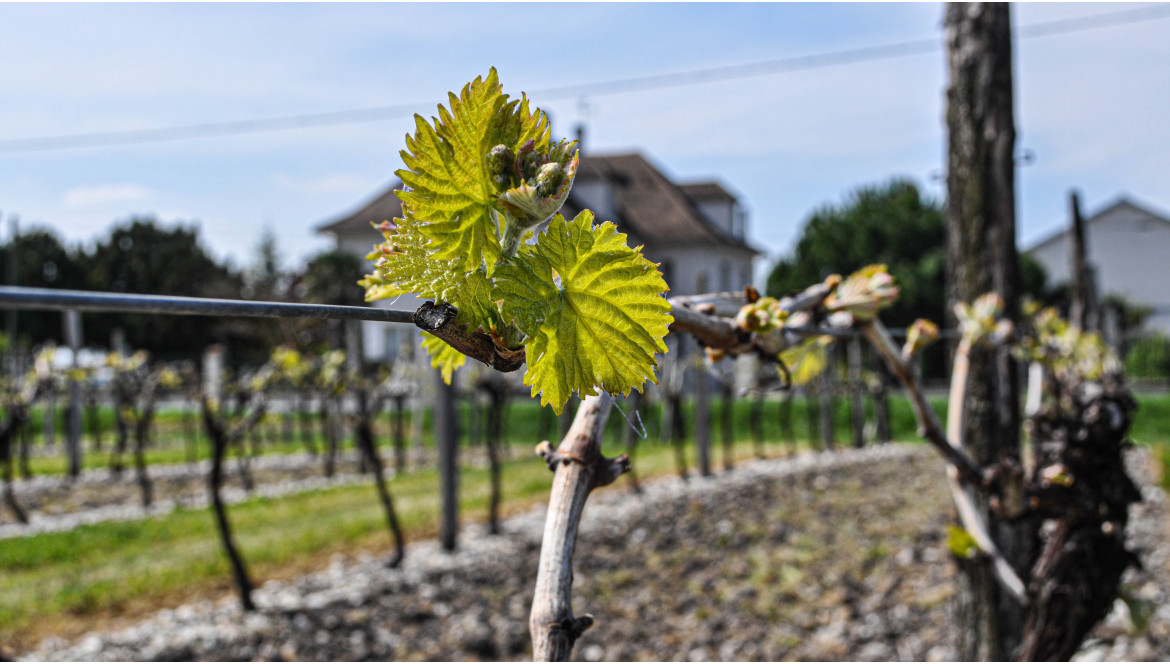
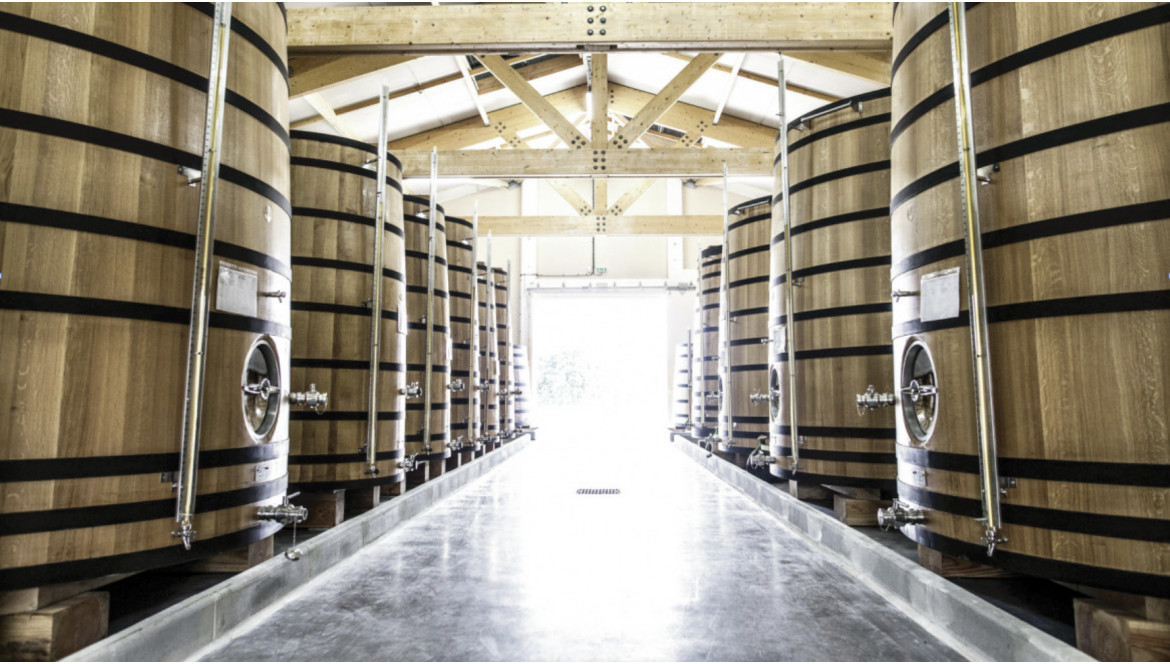
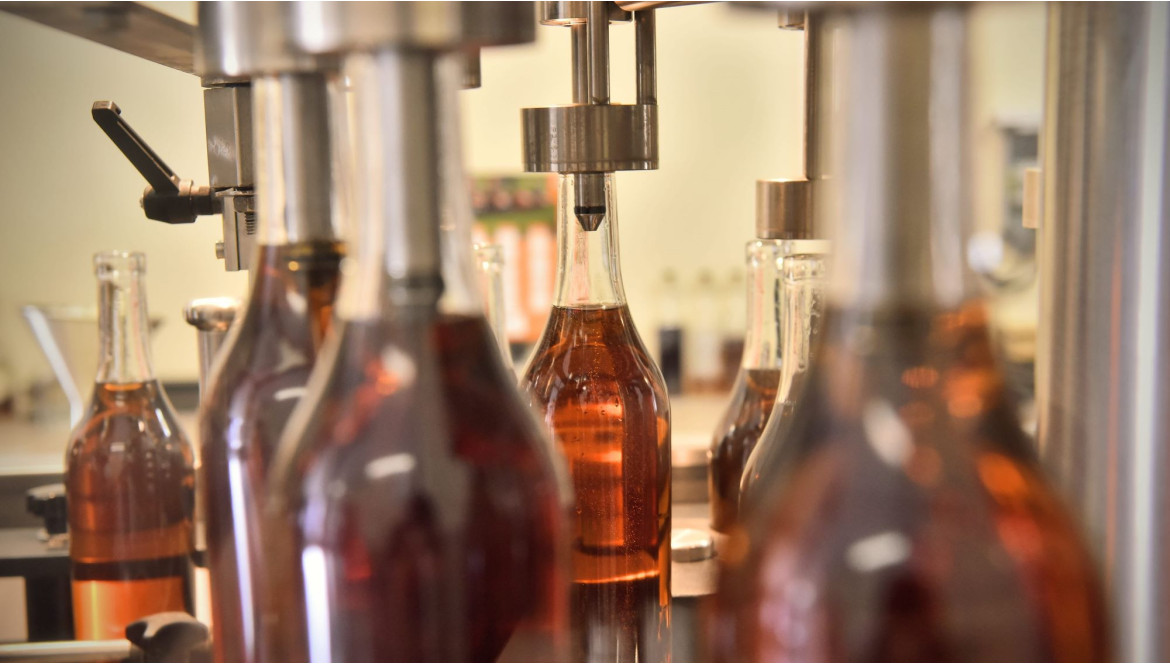

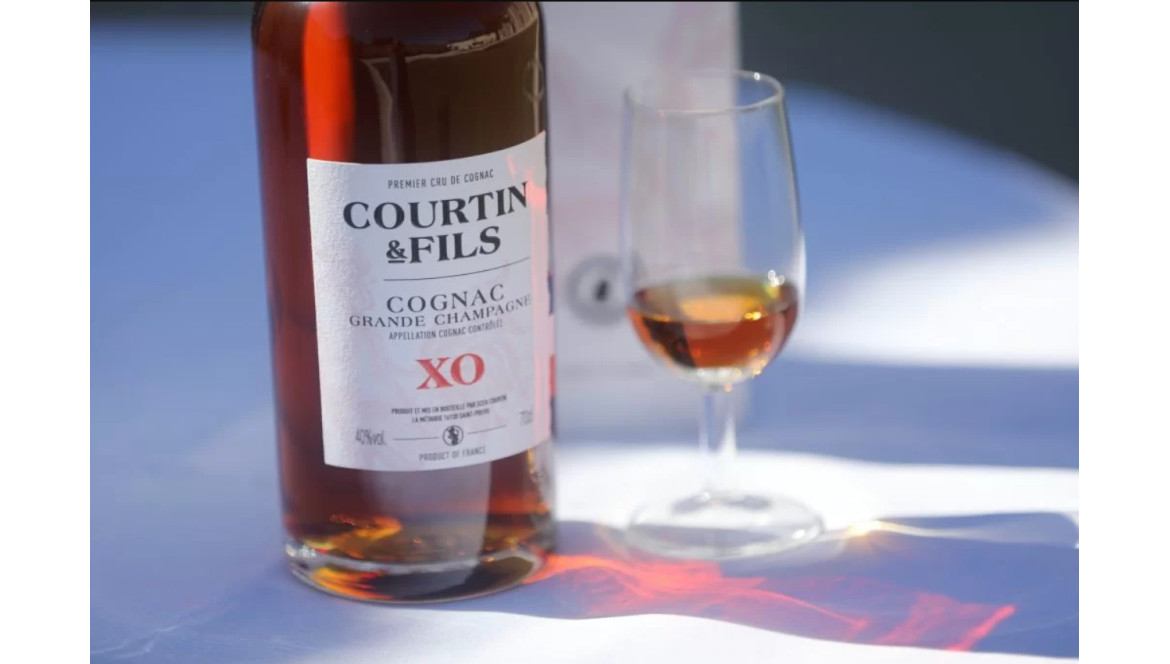
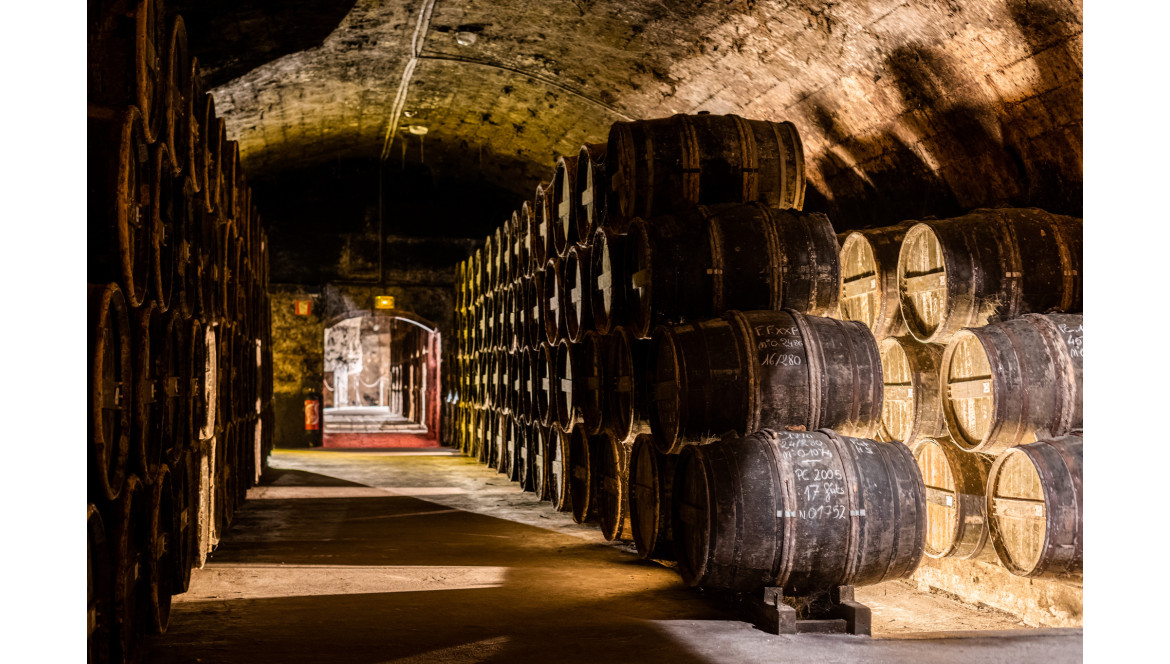
Comments
No comment at this time!
Leave your comment